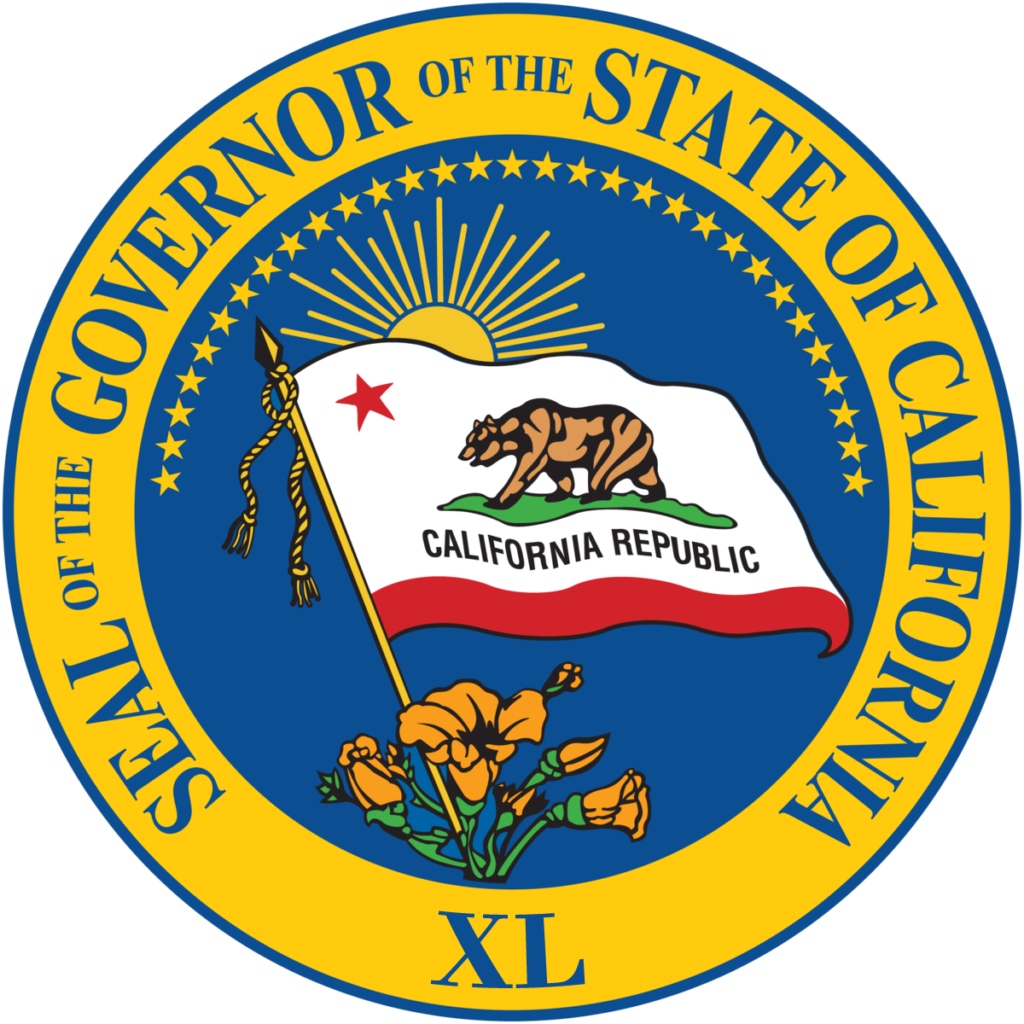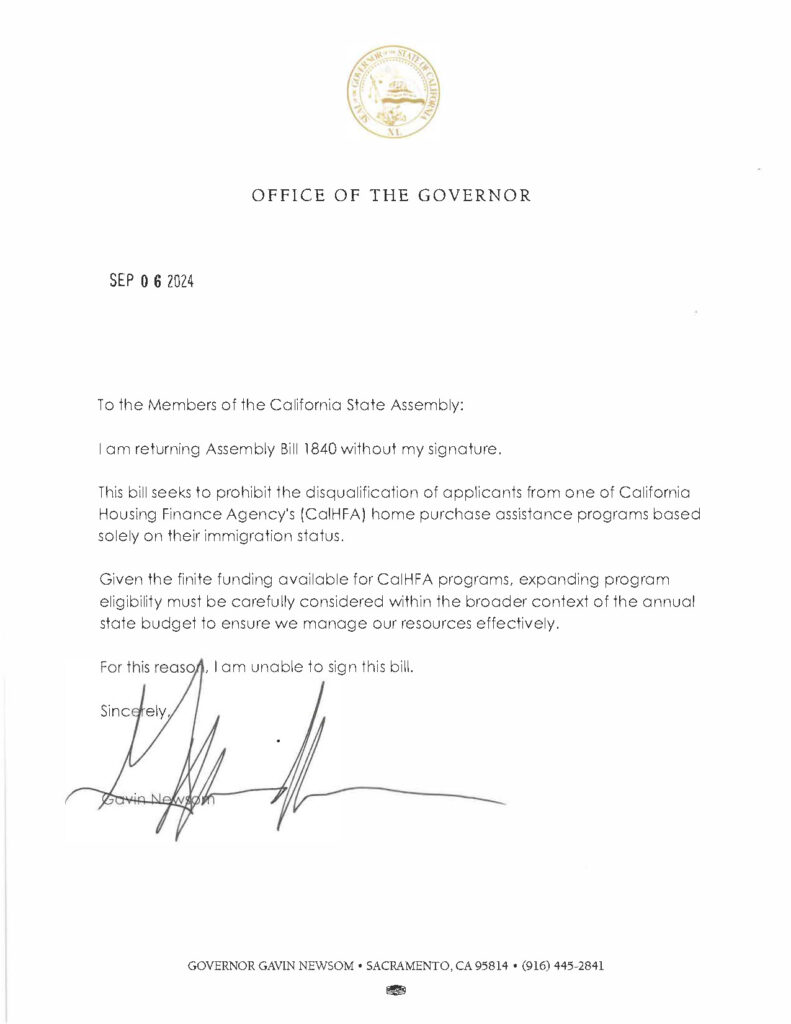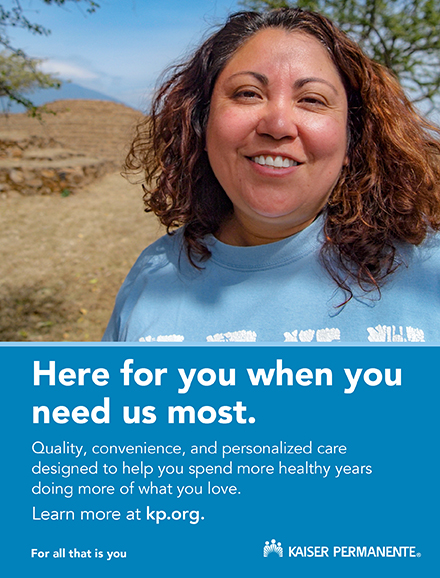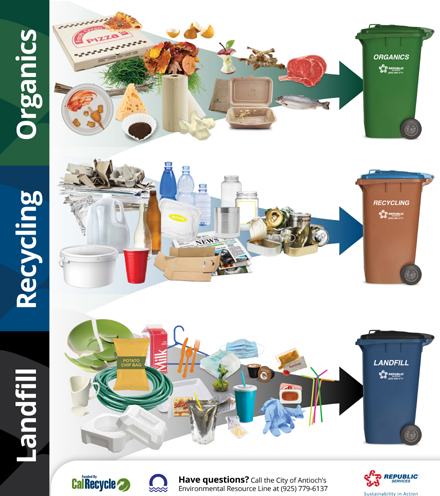Antioch awarded $6.8 million state grant to house people living in homeless encampments
Saturday, October 5th, 2024
Governor Newsom awards $130.7 million in Round 3 of program to help 18 California communities
Also creating a collaborative program between the state and targeted communities to streamline the cleanup of encampments
SACRAMENTO – Oct. 4, 2024 — Expanding the state’s unprecedented support for local communities to create new housing and address homelessness, Governor Newsom announced Friday, the state is awarding $130.7 million to 18 local governments to clear homeless encampments and provide shelter, care and support. The grants are from Round 3 of the Encampment Resolution Fund (ERF) awards from the Department of Housing and Community Development (HCD). The Governor also announced new accountability measures, requiring award recipients to adhere to all state housing and homeless laws — as well as remain in compliance with their Housing Elements — or risk losing funding and face other enforcement actions.
The Round 3 funds awarded Friday will go to 12 cities, four counties and two Continuums of Care (CoCs) and are intended to resolve critical encampment concerns and address the housing and health and safety needs of 3,364 people living in encampments, and permanently house 1,565 people.
Of the total amount, the City of Antioch will receive $6,812,686, the City of Richmond was awarded $9,336,746 and the County of Contra Costa was granted $5,708,516. Of the 18 agencies, Contra Costa County scored the highest followed by Richmond.
“We’re supporting local communities’ efforts to get people out of encampments and connected with care and housing across the state. It’s important and urgent work that requires everyone to do their part. The state has committed more than $27 billion to help local governments tackle the homelessness crisis — and we want to see $27 billion worth of results,” said Governor Newsom.

$1 billion in funding to clear encampments
Governor Newsom has made unprecedented investments to address the housing and homelessness crises, with $40 billion invested to help communities create more housing and $27 billion provided to communities for homelessness. Today’s new grants are part of the state’s $1 billion Encampment Resolution Funds (ERF), which help communities address dangerous encampments and support people experiencing unsheltered homelessness.
So far, the program has invested $737 million for 109 projects or encampments across 21 counties, 41 cities and 5 CoCs to help 20,888 people throughout the state, helping 20,888 people transition out of homelessness.
“These grants will ensure local communities take a person-centered, trauma-informed approach as they help their most vulnerable residents transition to safe and stable housing,” said Business, Consumer Services and Housing Agency Secretary Tomiquia Moss. “The Encampment Resolution Fund grants are infusing critical resources in communities up and down California so that unhoused Californians can access the essential housing and supportive services they need to achieve long-term stability.”

Greater accountability
As a condition of receiving the funding, the awardees must agree to increased accountability and compliance measures. These new accountability measures build on the current requirements that all grantees adhere to state and federal laws, rules, and regulations related to construction, health and safety, labor, fair employment practices, environmental protection, equal opportunity, fair housing, and all other matters applicable and/or related to the ERF program.
The Governor’s new measures expressly require local governments to maintain a compliant housing element, as well as adhere to all planning, permitting, entitlement, fair housing, and homelessness laws.
Non-compliance with these measures may result in the state revoking and clawing back awarded funds in addition to potential enforcement actions by the state’s Housing Accountability Unit. This ensures that grant recipients remain accountable and protects state funding.

Care, compassion, collaboration
Today’s announcement follows the Governor’s executive order urging local governments to adopt policies and plans consistent with the California Department of Transportation’s (CalTrans) existing encampment policy.
Prioritizing encampments that pose a threat to the life, health, and safety of the community, Caltrans provides advance notice of clearance and works with local service providers to support those experiencing homelessness at the encampment, and stores personal property collected at the site for at least 60 days.
Since July 2021, California has cleared more than 12,000 encampments and has removed 267,611 cubic yards of debris from encampments along the state right of way in preparation for Clean California projects.

Delegated Maintenance Agreements
The Governor also announced today a new collaborative program that will help streamline the cleanup of encampments by establishing agreements between the state and targeted local communities. The agreements will remove jurisdictional boundaries and allow locals to address encampments on state property and receive reimbursement for their efforts.
To help provide additional guidance and direction for local governments, the California Interagency Council on Homelessness has posted webinars and resources to help communities address encampments.
Below are the other 10 cities, three counties and two Continuums of Care awarded Round 3 ERF grants:
- City of Berkeley – $5,395,637
- City of Carlsbad – $2,994,225
- City of Los Angeles – $11,351,281
- City of Palm Springs – $5,106,731
- City of Petaluma – $8,098,978
- City of Redlands — $5,341,800
- City of Sacramento — 18,199,661
- City of San Jose —- $4,821,083
- City of Victorville — $6,365,070
- City of Visalia —- $3,000,000
- County of Riverside — $12,612,779
- County of San Bernardino — $11,000,000
- City and County of San Francisco – $7,975,486
- Humboldt County — Continuum of Care – $3,784,294
- Pasadena – Continuum of Care – $2,772,801
“Our team is energized by this opportunity to help bring people-centered, Housing First solutions to Californians who are unsheltered throughout the state,” said Gustavo Velasquez, Director of the California Department of Housing and Community Development (HCD), which has administered ERF since the start of the 2024-25 fiscal year. “Combined with the investments in permanent supportive housing made possible by voter approval of Proposition 1, the state has unprecedented momentum to make monumental progress on a crisis of homelessness that has been growing for decades.”
The awards announced Friday utilize all remaining FY 2023-24 ERF funds. An additional appropriation of $150 million in the FY 2024-25 State Budget allowed HCD to award all eligible ERF Round 3, Window 2 applicants. The budget also included $100 million in ERF funds for FY 2025-26, bringing to $1 billion this investment to address encampments through proven housing solutions.
Each agency was required to apply for the ERF program.
The grants will provide stable, safe housing for individuals living in encampments in their respective communities. The awarded proposals will assist individuals living in encampments with compassion and dignity by providing a range of housing solutions: permanent housing; interim housing for individuals seeking coordinated entry system resources or housing vouchers; housing navigation services and rapid rehousing subsidies; support for accessing permanent housing by providing security deposits and other moving expenses; and allowing awardees to acquire property for housing.
Pablo Espinoza, Deputy Director of Communications, CA Department of HCD Media and Allen D. Payton contributed to this report.




































